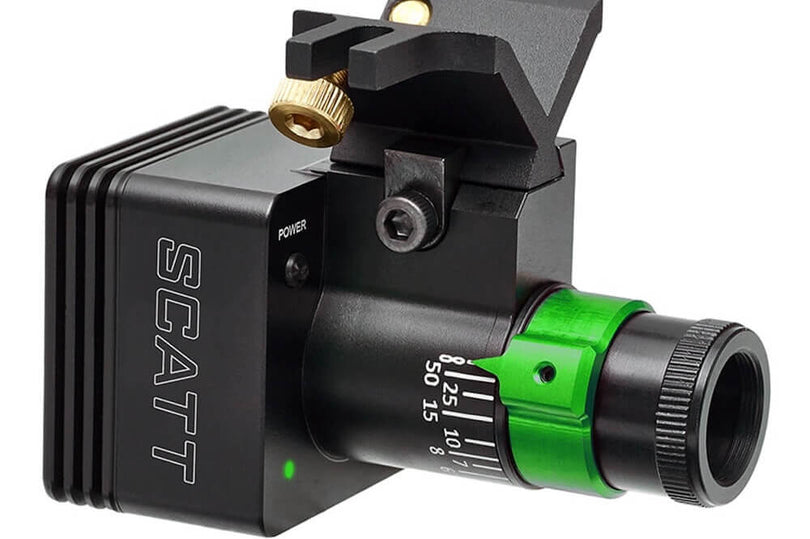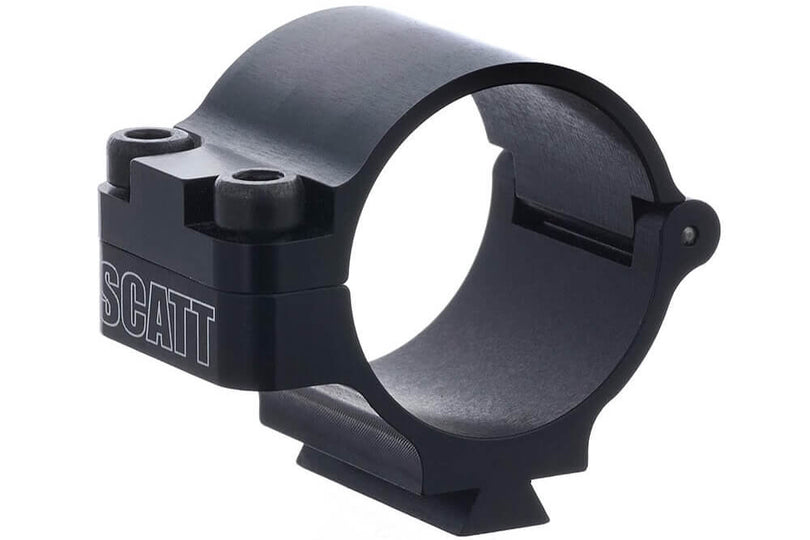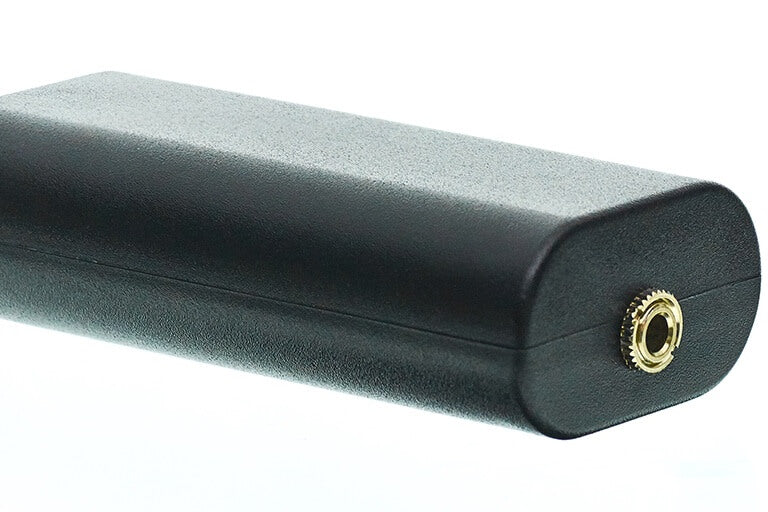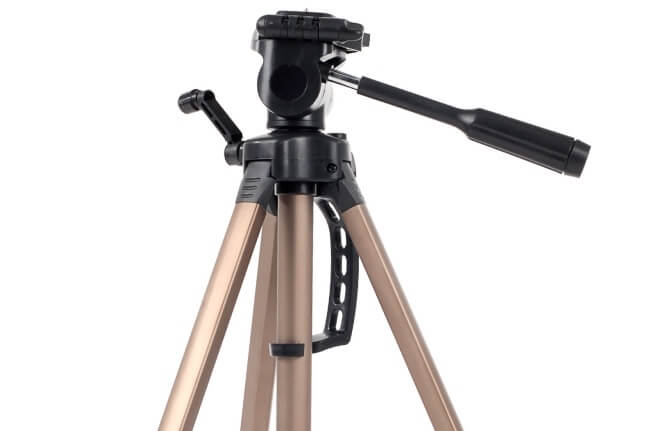FAQs
An electronic optical sensor is mounted on the firearm’s barrel or on the compressed air cylinder if a shooter is using an air weapon.This sensor is designed to precisely trace all movements of a shooter’s weapon of choice in regards to the target.
Every bit of collected data is then decoded by the SCATT software, with the point of aim’s trajectory and the point of impact displayed on the screen and immediately available for interpretation and analysis.All results of the practice session can be recorded for further review and debriefing. Thus, a positive feedback loop is created and a shooter gets all the options in the world to analyze his/her shortcomings play by play.
This issue may be caused by the floor reflecting incoming signal. In order to eliminate this problem one could put a rag/carpet on the floor right in the middle of the sighting line.
- IR Electronic target
- Optical sensor
- Incoming signal
- Reflected signal
- Rag or carpet
- Paper reflector
The optical sensor that is mounted on your gun’s barrel has a built-in micro-sized microphone designed to register the click of your trigger or the sound that a released arrow makes. Sensor’s sensitivity is adjustable in SCATT software.
Training in a dry-fire mode can do absolutely no disservice to a shooter. Generally speaking, it takes 2-3 live practice sessions for an athlete to get used to blowback/recoil after 2-3 months of just dry-fire practice.
Given the longstanding experience accumulated with the collaboration of shooters and coaches (Shooting Team of USSR and Russian Federation), we recommend:
Top-class shooters to train with the SCATT system for approximately 70-80% of overall training time in regards to the routine training period and up to 30-50% during the contest season.
There was a case of an athlete using the training system in dry-fire mode alone for three months leading up to a forthcoming Russian Championship. He then had only 5 live-fire practice sessions and subsequently won the gold medal, setting a new Russian record in the process.
Beginners to train only with the SCATT training system. The later a beginner gets his/her hands on live-fire, the better. Weapon’s recoil and shot sound slow down the learning process two or even three-fold.
Shooters that have a bias against training systems can use SCATT trainers for the sole purpose of error diagnosis. The system can also help them explore new shooting positions and natural points of aim providing an immediate feedback on the efficiency.
Absolutely not. It’s crucial to implement some live-fire session into your training routine from time to time, especially if we are talking about small-bore and large-caliber weapons, for the shooting accuracy with these gun types strongly correlates with consistency of one’s natural point of aim and corresponding grouping of shots.
On top of that, if you set a goal to perfect your shooting skills in regards to real environment (various lighting settings/wind/drizzle) there is no way to achieve that with dry-fire session alone. You’ll need to actually go out there and apply yourself.
SCATT training systems can be set up anywhere where you will be able to connect your kit to the computer, smartphone or tablet, be it in a shooting club, your garage or some office space. Working distances range from 2.5 up to 1000 meters depending on the SCATT model. The only restriction to keep in mind – do not set up your system in a wet environment.
While installing the SCATT Professional program you named the folder dedicated to storage of shooting files (by default “C: SCATT CATALOG”).
Proceed to move shooting files from the folder “C:WINSCATT” into folder entitled “C:SCATT CATALOG” (do not confuse with “My ComputerSCATT CATALOG” – a virtual folder emulated by SCATT program). Shooting files will then appear in the SCATT Professional folder.
Let’s draw evidence from a related example: in order to hit the target a military bomber drops a bomb somewhat in advance rather than precisely above the intended target, since said bomb will exit the plane and retain the plane’s speed while moving in the same direction until it eventually hits the ground.
SCATT Program applies the same algorithm, which allows the system to accurately register the point of impact.
For example, a bullet keeps moving in the same direction the barrel was pointed at after leaving said barrel. Therefore, if a shooter’s hold stability is not up to par – a shot may end up separated from the trajectory. Feel free to set your F Coefficient (ballistic coefficient) that will correspond to your distance and bullet speed.
The first-time setup will take approximately 10 minutes, for you will need to connect the trainer to your PC and install the software.
Successive practice sessions will demand about 3 minutes of set-up time at max.
It can be done through USB <=> RS-232 (COM) adapter. Unfortunately, not all adapter’s corresponding drivers are compatible with the training system. Make sure to tick the checkbox entitled “enable legacy (RS-232) devices” in “Options” tab within the menu of your SCATT program.
Trainer’s code and corresponding serial number are both printed on your warranty card. If your warranty card is missing - contact us at info@scatt.com and provide the serial number of your training system. We will immediately respond with your code.
Yes, given that it’s feasible to mount an optical sensor and the model is equipped with a firing-and-trigger mechanism.
Weapon’s balance is barely affected in regards to rifle training. In regards to air pistols we highly recommend to utilize empty or short compressed-air cylinders in order to fix the optical sensor onto.
Feel free to download SCATT archive files from this directory.
Your aiming point and a shot hole do not enter the work area during the optical sensor’s calibration stage. There may be two possible explanations to why this problem manifests itself:
1-The distance to your electronic target is too short (All trainers are to be used on distances recommended by the manufacturer)
2-Optical sensor is not coaxially mounted in regards to the barrel.
Mounting prism has two different rim heights (denoted by the letters A and B). Side “A” is lower than side “B”. This design decision was made in order to compensate for the difference in elevation between the sights of weapons and the optical sensor. As a way to achieve a situation where the axis of sighting devices converge with the optical sensor’s axis in regards to the electronic target. This setup works only when the optical sensor is mounted under the weapon’s barrel.
If the optical sensor is mounted to the side of the barrel or the barrel has a conical shape, it may be required to insert a pad (“C”) under the rim of your mounting prism. Make sure that the optical sensor’s aiming point falls into the work area of the calibration window by manipulating the position and thickness of the pad.
If you are using optical sensor model WS-M02, you can rotate it inside the barrel or a clamp (depending on what kind of mounting is utilized) to slightly adjust the aiming point.
You also can use mounting prism with adjusting in order to offset parallax.
Detailed, step by step instructions can be found in this directory.
SCATT trainer's firmware can be updated by this application.
Generally speaking, firmware updates for the SCATT USB kit go smoother with older Windows versions and USB 2.0 ports, but by all means can be carried out on Windows 10. However, there is one important detail – all firmware updates are conducted one device at a time (start off with connecting and updating the optical sensor, then disconnect said sensor and connect the target control box. After target control unit update is carried through, disconnect it from the PC. Proceed to connect the target frame to the target control unit and plug it into your PC - initiate an update once again so your target is all set too).
When all of the above is set and done, make sure that you are using the latest SCATT Professional software that can be found under the "Downloads" section of our website.




